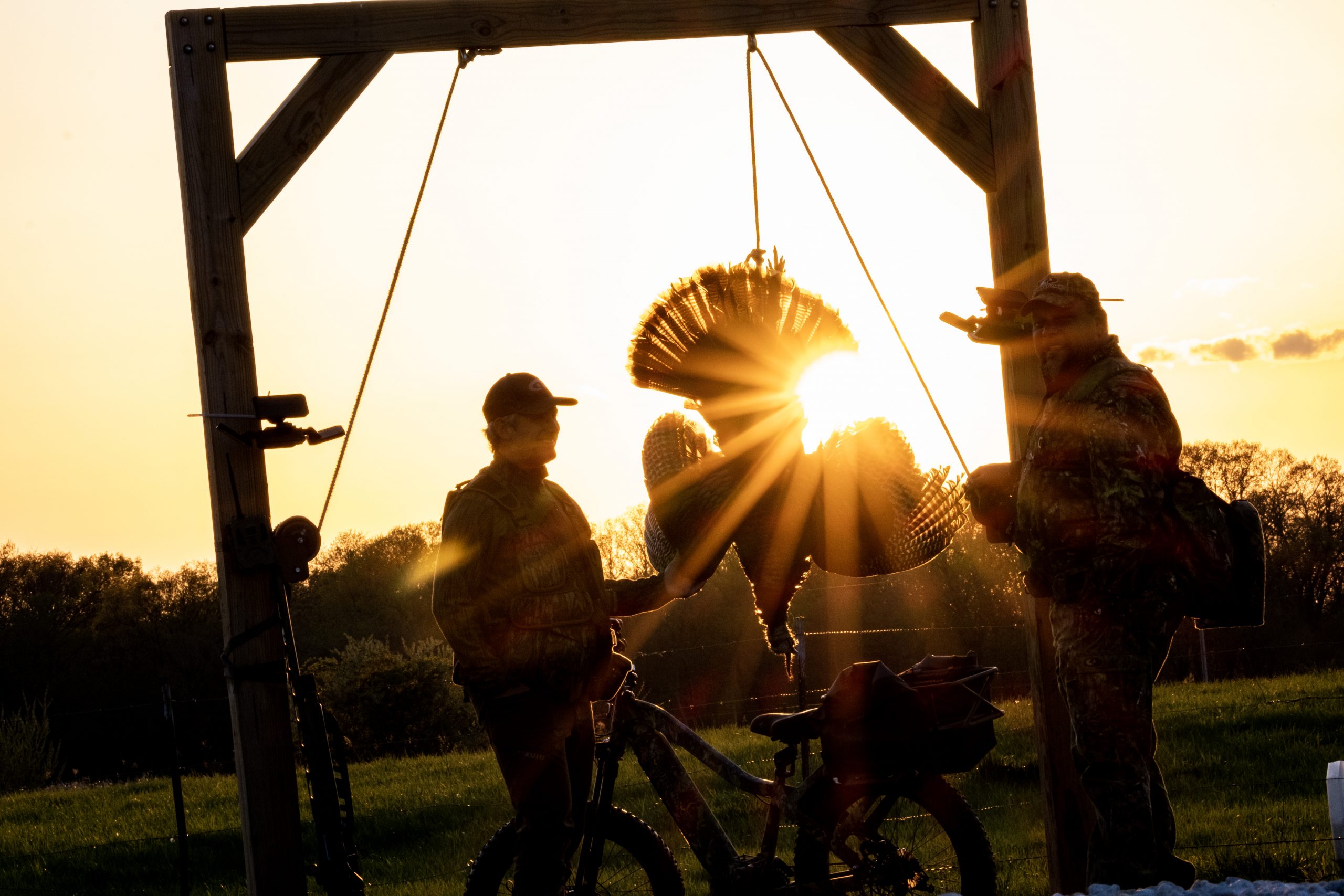Unpredictable By Nature
When hunting in Illinois, you’ll find turkeys that demonstrate erratic behavior amid strong, stable populations.
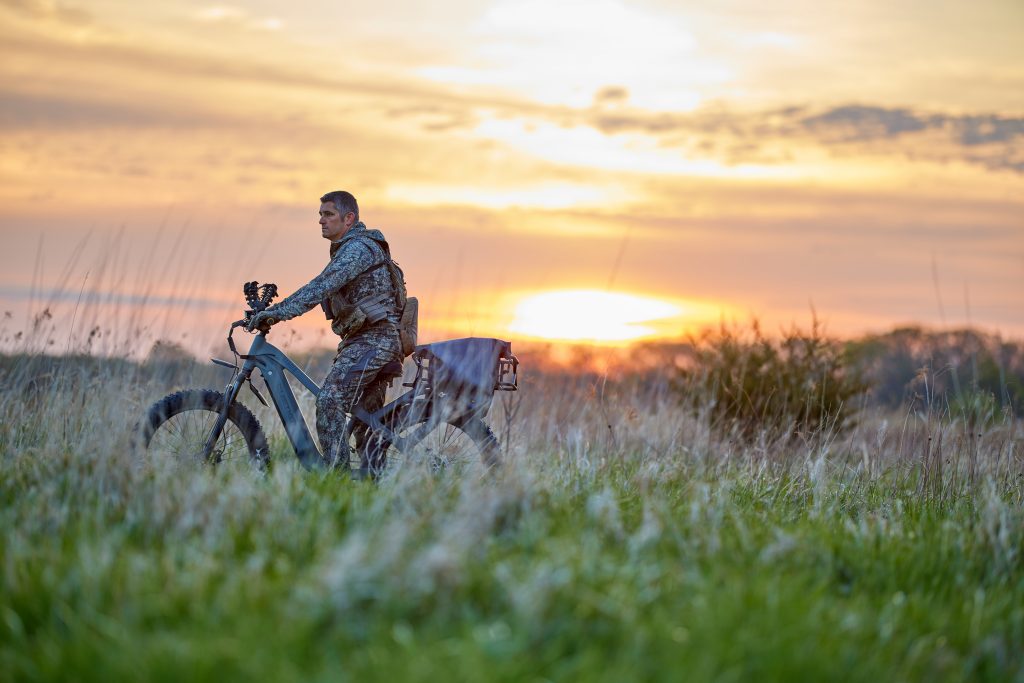
Given a small sample size, almost anything can exhibit uncharacteristic performances. So, trying to pattern wild turkeys during a four-day stretch can be a fool’s errand on occasion. A recent hunt in Illinois proved as much in some cases, but other hunters didn’t need to find a pattern.
It depends on the day and the bird. It’s like trying to predict the stock market. Results might vary, and past outcomes are not indicators of future performance. It doesn’t change the fact that we spend hours for that final few minutes we seek when we’re within 50 yards of a gobbler.
Illinois Harvest Trends
Illinois’ spring gobbler season spans five “seasons” in northern and southern zones. All but two of the state’s counties have turkey seasons (the greater Chicago area does not, as you might imagine). There is a 1 p.m. cutoff each day, something about 10 states nationwide impose, with the idea that eliminating hunting pressure in the afternoon eases turkeys’ ability to breed in spring and cuts down some on overharvesting populations. Let’s not forget that turkeys are the only game bird we hunt during their breeding season.
Illinois hunters have harvested about 14,000 turkeys per spring season on average the past five years. Numbers were up in 2020, when everybody hit the woods during COVID-19, and then they flattened and are beginning to rise again. Illinois doesn’t report an estimated statewide population, but it’s in the 150,000 range, so about 10% of the population is harvested annually — a conservative figure that can sustain populations.
In Spring 2022, 13,701 turkeys were taken in Illinois. In comparison, the record harvest was 16,569 in 2006. Just less than 20% of hunters with permits harvested a gobbler (up to three permits available per hunter). More than 73% of birds harvested were adults, about 27% were juveniles. Number of days hunted per successful permit: 2.1. Of interest, 1.75% of harvested birds were female (bearded hens).
Patterning a Variable
During my Illinois hunt, we chased a group of gobblers for three days. The birds would gobble their heads off at 6 a.m., fly down around 6:15 a.m., head to a plowed field and then cut into a hardwood finger. The hen led the way, and three gobblers followed. The first morning, we were out of position but managed to call in two gobblers to about 100 yards, moving with some purpose in our direction, until something spooked them and they hightailed it out of there.
The next morning, we set up closer to cut them off, but they roosted 250 yards ahead of us, flew down in the same plowed field across a fence line and never responded to calling after they hit the ground. We were unable to cut them off. The third morning, we set up to intercept their pattern, but they roosted another few hundred yards away and flew down in the opposite direction, never to be seen again. After attempting to roost the group the third night, they gave us the silent treatment, so we gave up on them.
Most mornings by about 10:30 a.m., after the males had made their rounds with hens, a few gobblers would fire back up, but it seemed we were always out of position. Actually, twice we were on opposite sides of a river we couldn’t cross when birds would gobble and refuse to budge.
Of six hunters in our group, four were successful: a 66% success rate. Three took birds that wanted to investigate during the first hour of the morning; one hunter shot a gobbler just before lunch.
The moral of this story is that there is no definitive when it comes to patterning turkeys. Sometimes you can do it, sometimes you can’t. Either way, Illinois has birds available if you’re willing to play the game. Or you can wait until deer season. Those critters tend to be more accustomed to routine.
QuietKat Electronic Bikes
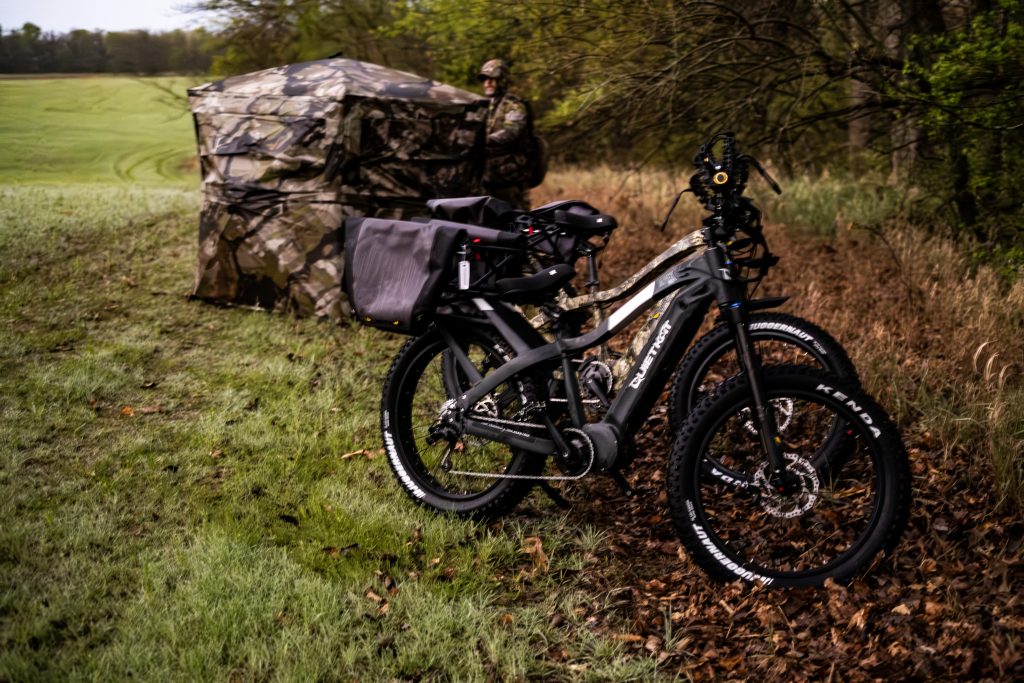
During our time in Illinois, we used QuietKat electronic bikes to traverse properties in Hancock County. Loading and unloading the bikes, which weigh about 50 pounds, was worth the trouble when you can turn a 20-minute hike to a roosted bird into five minutes max, and then move on them quickly as needed.
QuietKat e-bikes can go just about anywhere, they save miles of tread on your boots, and they can carry gun, decoys and gear. If you can swing the cost, about $2,000 to $7,000, depending on the model, it’s an investment that can pay dividends with years of use. Check out www.quietkat.com to see the options available.
Mississippi’s NWTF chapter recently bought six QuietKat e-bikes for conservation officers in the state — a worthwhile purchase to help protect our natural resources.
Tim Weston, a member of the Hill Country Strutters Chapter and the state chapter’s board of directors, told The Dispatch newspaper in Mississippi, “It’s important that the money we raise at the NWTF banquets be put to good use in Mississippi. We work closely with the Mississippi Department of Wildlife, Fisheries and Parks to protect and improve wildlife in this state for everyone to enjoy.”
3-inch vs. 2¾-inch Reduced Recoil Turkey Loads
Federal and HEVI-Shot now have 2¾-inch turkey loads with little recoil — almost like shooting a dove load — but they pattern great. In fact, a range test of Federal TSS 12-gauge 3-inch loads shot at 40 yards put about 150 pellets in a 10-inch circle, with about 20 in vital areas. The 2¾-inch reduced recoil HEVI-18 TSS turkey loads at the same distance had more pellets in a 10-inch circle, with 17 in vital areas. That’s nearly equal results with less of the punch.
Gear Roundup
Primos Lil Gobstopper Decoy
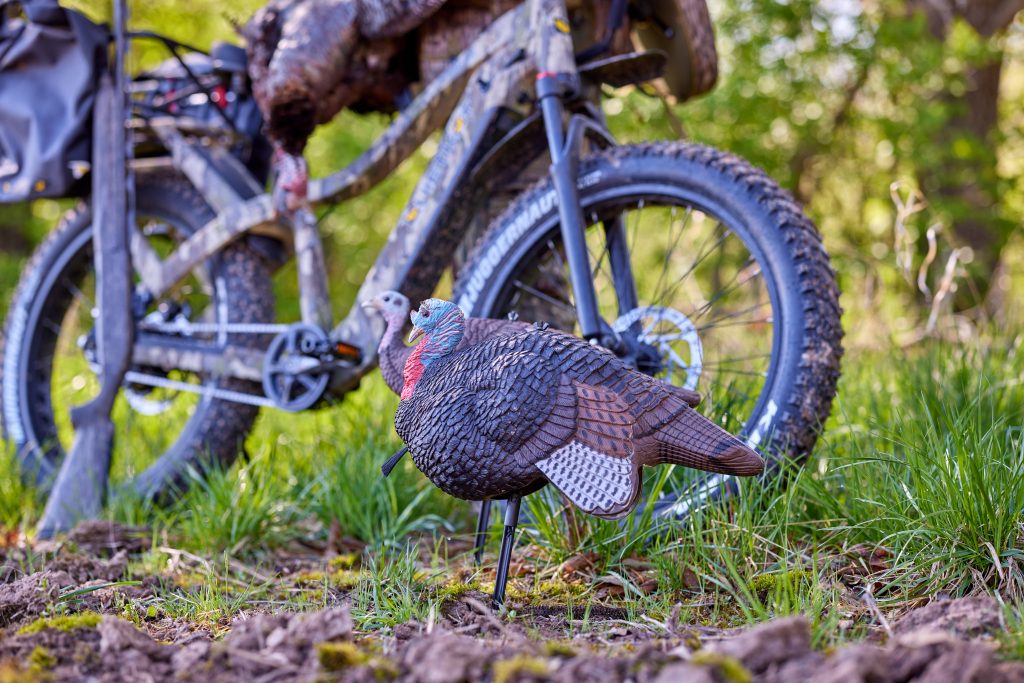
Primos updated its Gobstopper decoy with the Lil Gobstopper Jake and Hen combo, decreasing the size of each by 20% to take away any intimidation factor. Gobblers are more apt to approach another male if they think they can win a fight, and these decoys do that. The decoy carvings are more lifelike, and the price is unbeatable: the Lil Gobstopper jake is less than $40, and the hen is less than $30.
Bushnell Reflex Sights
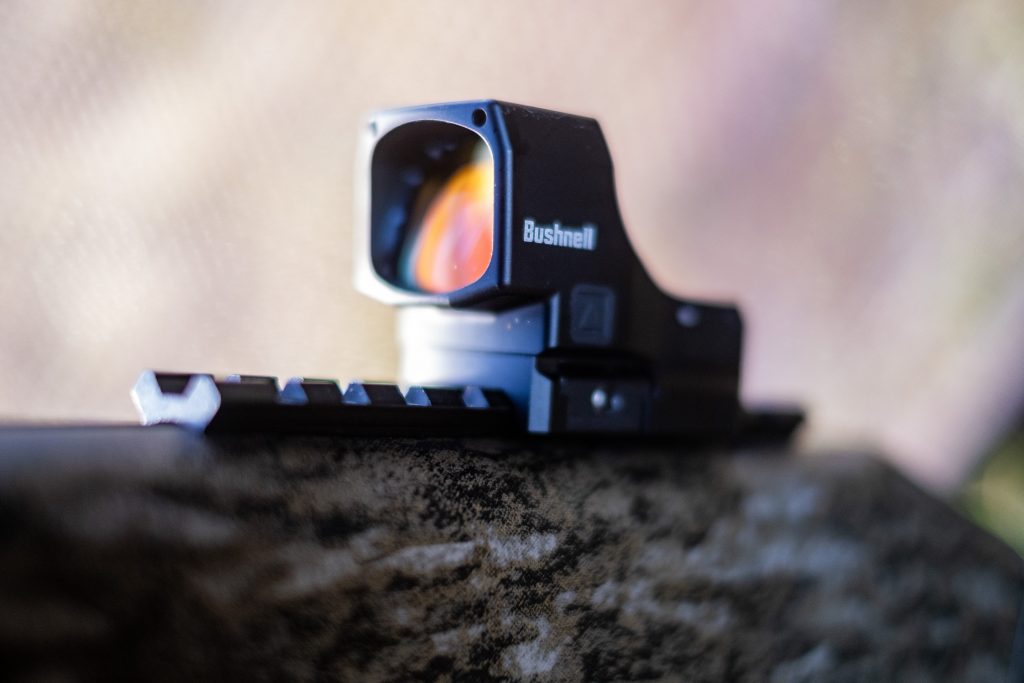
Red-dot and reflex sights have changed the game in turkey hunting. One hunter during our Illinois trip shot a gobbler from an awkward hold after the bird came in at an unexpected angle, and getting your head positioned on the stock and bead aligned properly would have been next to impossible. The reflex sight made shot alignment much easier, thanks to the red-dot’s ability to automatically align the shot with the gobbler downrange, regardless of the hunter’s mount, cheek placement and view. Bushnell’s RXS- 250 Reflex Sight provides 50,000 hours of battery life, and the RXS-300 Reflex (released in Summer 2023) has a shake-awake feature that turns the sight on with movement. The RXS-250 retails for $250, and the RXS- 300 is $299.99.
Bushnell Fusion X 10x42 Rangefinding Binoculars
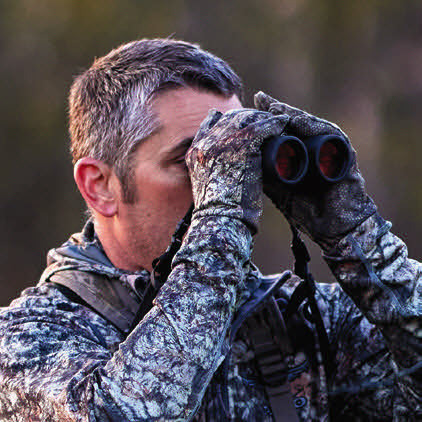
Two-in-one is hard to beat when it comes to binos and rangefinders. Bushnell’s Fusion Rangefinding Binoculars combine 10x42 clarity with an advanced rangefinder to save on gear space. Angle Range Compensation technology gives you true horizontal distance readings along with line-of-site distance, making it easier to judge shot distance from elevation. Plus, ActiveSync Reticle Technology auto-adjusts the display to improve visibility in any condition. These retail for about $700.
